Etonner, émouvoir, informer. L’origine de mon travail ne prend pas sa source dans l’imaginaire, mais dans la « réalité » de l’activité humaine. Qu’est-ce qu’une bonne photographie ? Savoir et pouvoir maîtriser l’espace, voir la lumière, déterminer un cadrage, et déclencher au bon moment, sont des paramètres qui, a priori, déterminent une bonne photographie.
The origin of my work does not have its source in the imagination, but in the « reality » of human activity. What is a good photograph? Knowing and being able to control the space, see the light, determine a framing, and trigger at the right time, are parameters which, a priori, determine a good photograph. Surprise with the information it provides.
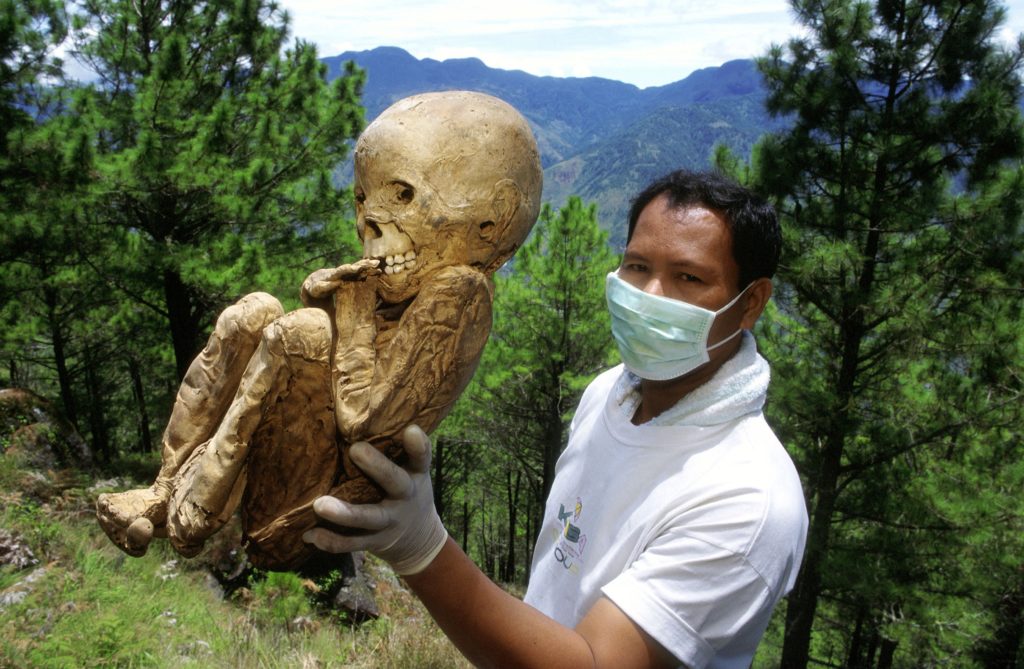
Ibaloy mummies: The sanctuary of the soul
For generations, the existence of ancient mummies in the Philippines remained a closely guarded secret of the Ibaloy local people. Few cultures in the world practiced the art of mummification. A burial tradition involving the preservation of bodies; a privilege reserved for pharaohs, priests and the elite…
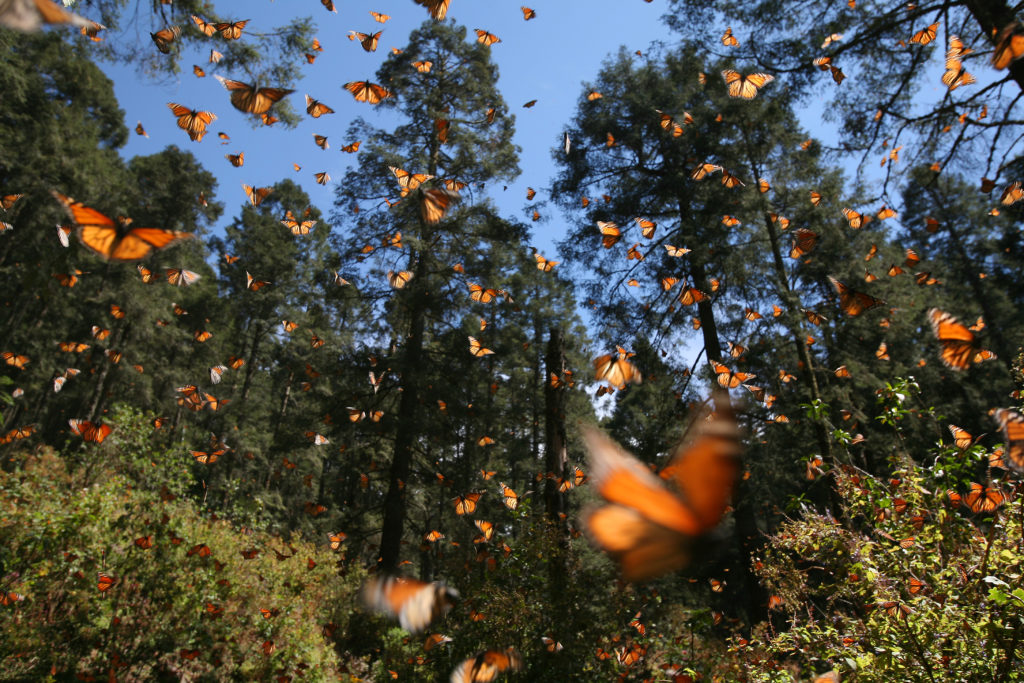
Le vol du Monarque
Each year millions of Monarch butterflies travel more than 4500 kilometers from North America to the mountains of Michoacan in Mexico. For scientists, this is a veritable enigma of nature…
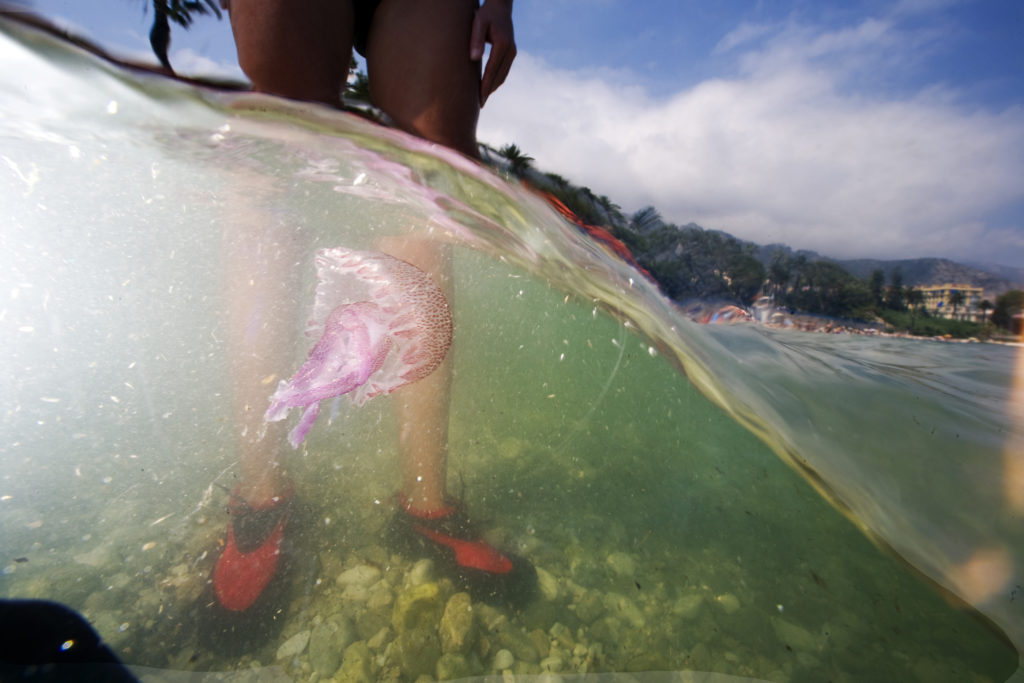
L’invasion des méduses
Les mers du monde sont envahies par les méduses : Il existe environ 4000 espèces, dont la « Pelagia Noctiluca »* qui prolifère de façon inquiétante sur les côtes de France, notamment en méditerranée. Chaque année, nos plages sont envahies de plus en plus par les méduses…
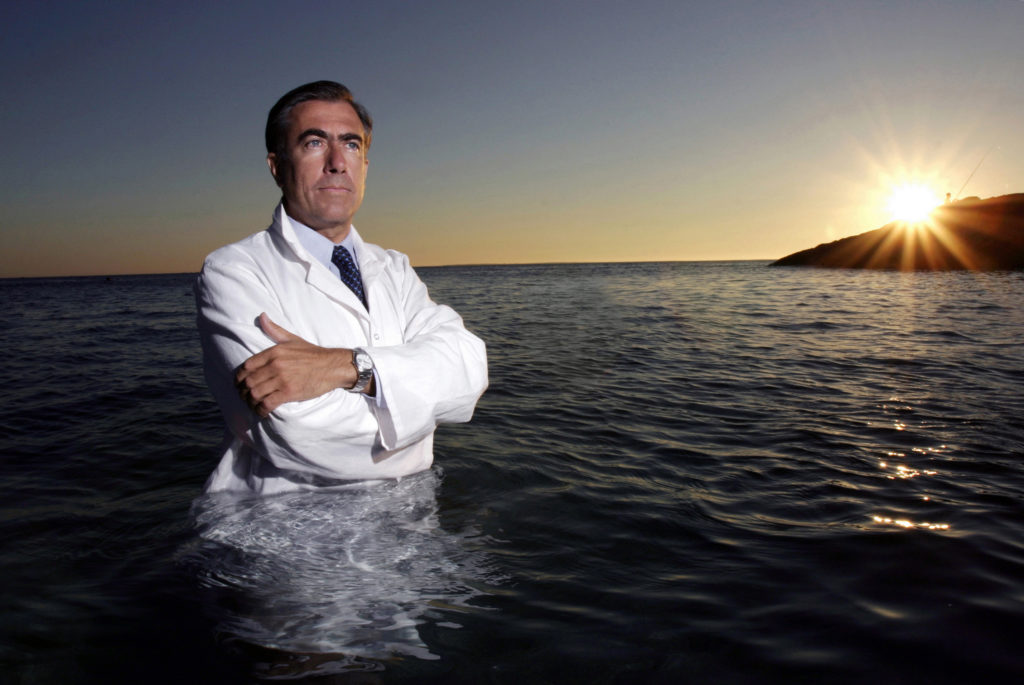
Promise of the sea
Cancers, malaria, viral infection, Alzheimer disease, arthritis… The potential of the ocean to provide new drugs to treat human illnesses has never offered greater promise. Research now indicates that the pharmaceutical potential of natural compounds from marine organisms may surpass the potential of traditional terrestrial drug sources ! There is no end to the discoveries…
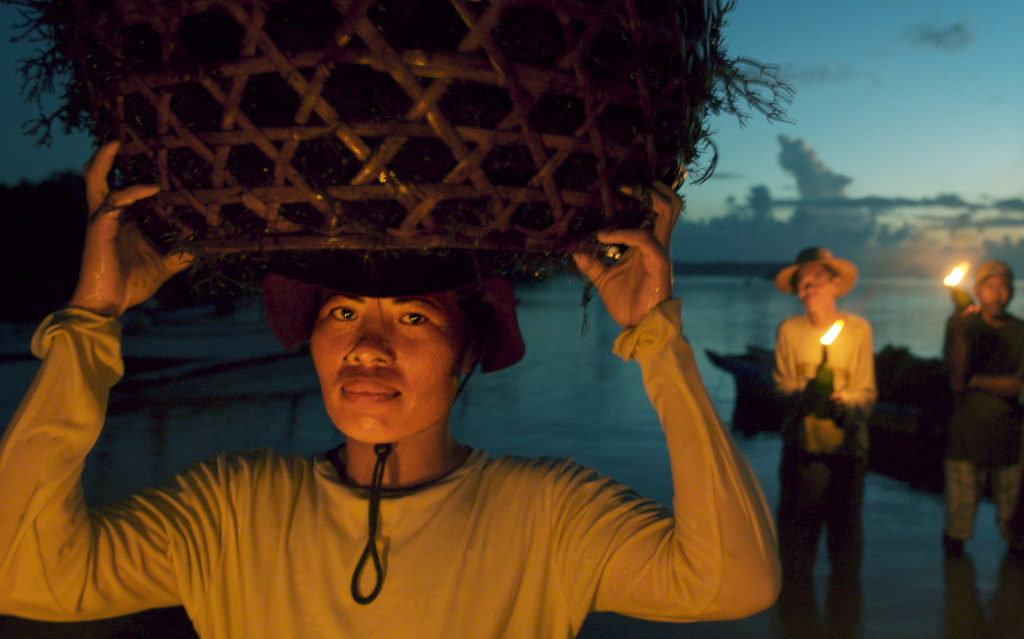
The farmers of the sea
Indonesia. Bali. On the riverbeds of the Island of Nusa Lembongan, throughout the night of the full moon, the entire population is dedicated to the harvest of seaweed. Under the protection of the gods and the stars, lit by lanterns or homemade torches, men and women cultivate the sea…

Free dolphins of Sataya
The Red Sea is one of the largest reservoirs of marine biodiversity in the world. Every day several dozen long-nosed dolphins (Stenella Longirostris)* can be found in the lagoon of Shaab Sataya in southern Egypt. This extraordinary gathering is the focus of a scientific study conducted by Patrick Louisy**, a doctor of oceanology and biology with the collaboration of ecological volunteers…

Cormorant fishing in China
For centuries in China , cormorant fishing has been an amazing art. Today however, this traditional technique is threatened by overfishing, pollution and economic change. Strangely, it is through tourism that this ancient, fragile tradition continues to exist. There are only a handful of fishermen with cormorants today. They resist, but for how long?
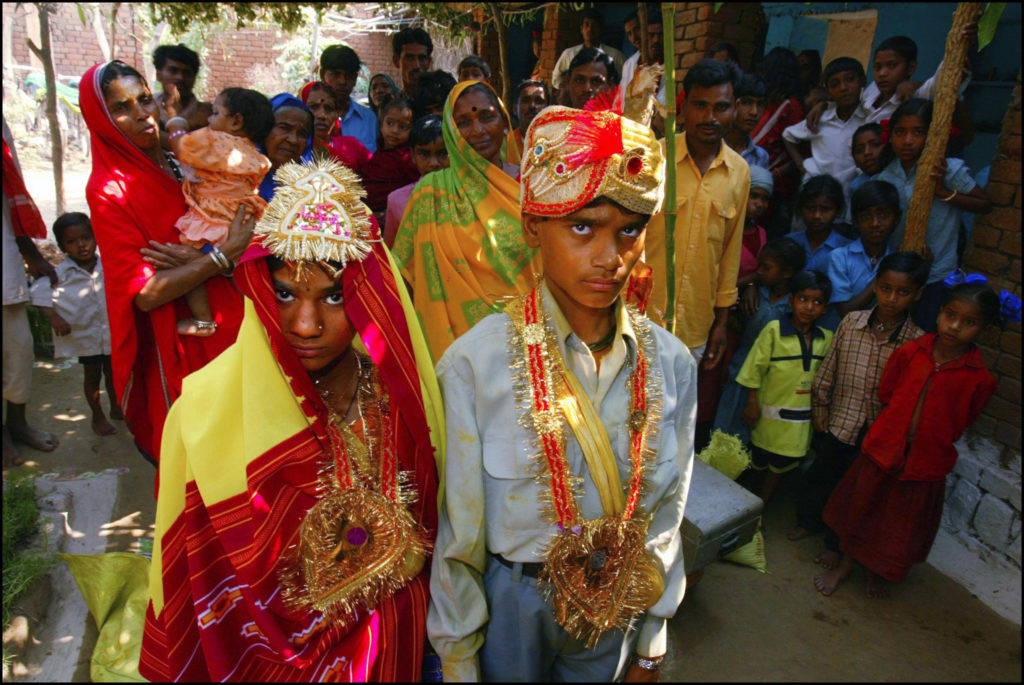
Child marriages in India
Although they are as illegal in India as in the rest of the world, child marriages are still commonplace amongst certain tribal or low caste communities. In Chattisgarh, 3,500 child marriages were celebrated on the occasion of the Hindu feast “Ramnavmi”, which commemorates the birth of the god Rama.

Agent Orange
Today, forty years after the end of the war in Vietnam, about 60,000 adults and more than 200,000 children still suffer from “Agent Orange” who was dispersed in Vietnam from 1961 to 1971 by the American Army…
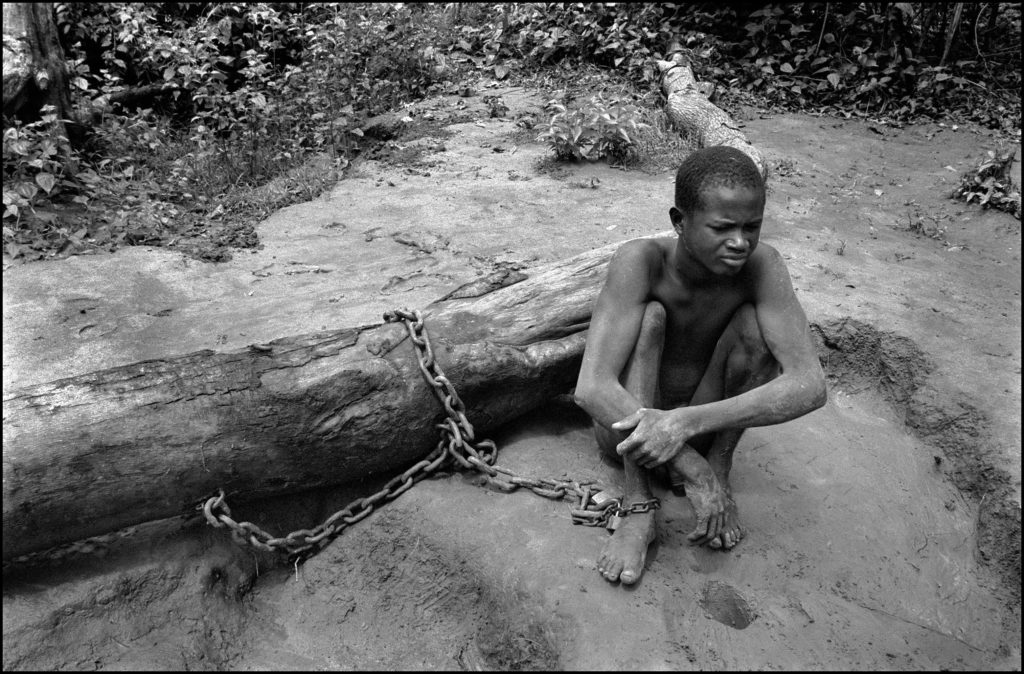
Les enchaînés
En Afrique de l’ouest, mais pas seulement, les malades mentaux sont enchaînés ou retenus prisonniers plusieurs années durant, souvent jusqu’à la fin de leur vie. Sous la pression de « prophètes » de sectes locales, il est aussi fréquent que les patients, souvent schizophrènes, soient fouettés.

Crise économique en Argentine
Argentina – San Miguel de Tucuman – December 2002. 63.8% of the population lives in poverty in a province which remains nonetheless one of the world’s foremost exporters of citrus fruit. Today, while the IMF demands that Argentina reimburse its debts, the corruption and incompetency of politicians has pushed the population to desperation…
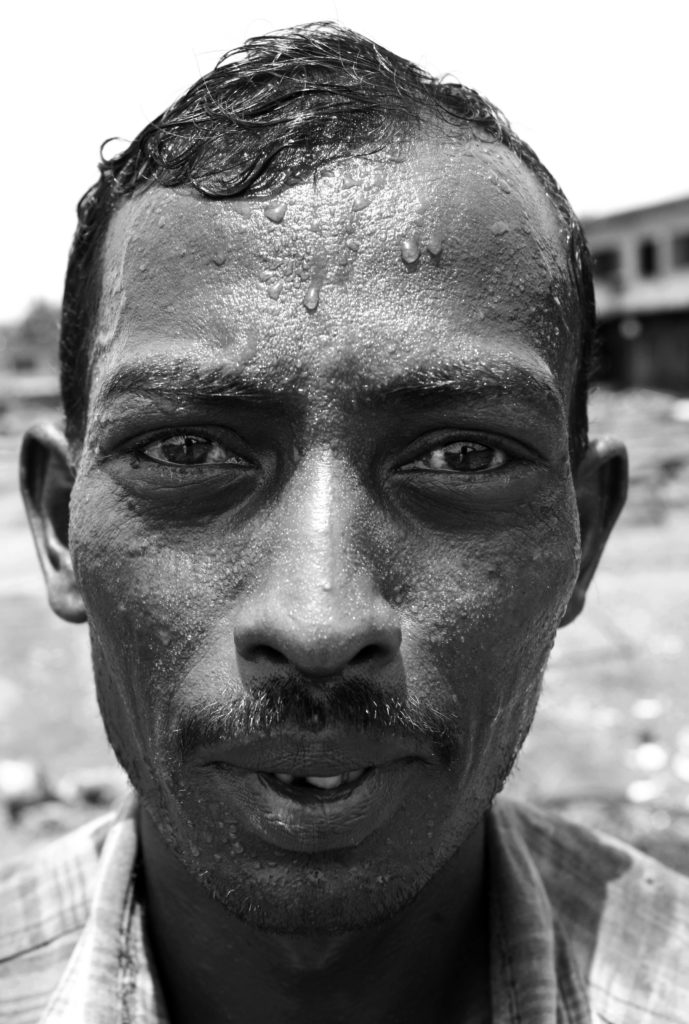
The cemetery of hell
In Bangladesh, along the Bay of Bengal, the work yards for ship breaking found in Chittagong are the number one world producers of recycled steel. The cheap cost of manual labor, one of the lowest on the planet, largely explains this high production. Here, on the beaches of Sitakundu, in the largest ship cemetery of the world, deadly explosions are frequent, and work conditions are extreme. For the young workers, this cemetery for ships is the cemetery of hell…
Aujourd’hui, la photographie prend toute sa place dans le marché de l’art. La plupart des images figurant sur ce site sont en vente. Si vous souhaitez acheter l’une d’entre elles, cela est possible. Dans tous les cas, il s’agit d’un tirage photographique d’exposition original numéroté et signé par le photographe, dont la série est limitée. Le taux de TVA sur les tirages originaux est de 10%.
Today, photography has earned its place on the art market. The majority of photos found on this website are for sale. If you would like to purchase one of them, it is possible. Each original photo print will be numbered and signed by the photographer, and limited series .
Voir le lien de l’agence Getty Images qui présente d’autres exemples du travail d’Alexis Duclos Cliquer ICI
The attitude or approach of photographing widely varied events and situations ranging from a film star’s smile to the agony of a child paralyzed by hunger and disease are an integral part of my career as a photographer. On this website, I have chosen a diversity of subjects on which I have had the fortuity and opportunity to work. The origin of my images is not founded in an imaginary realm but in the real world of human activity. My subject, humanity, is complex, unpredictable, extraordinary, while at the same time both brutal and cruel. Social, political and artistic life are represented at home and abroad, in continents run adrift, notably Africa, where the majority of its inhabitants are victims of poverty and injustice, barely able to survive. I believe that photography is an effective means, partial in both senses of the word, allowing me to take stock of the situation on our planet today.Certain images may force emotions to rise to the surface or may incite public opinion to indignation. Politicians, generally sensitive to opinion, may be mobilized and organize their ranks in an attempt to make change occur.What is a “good” picture? I think it is control of the space, the capture of light, a frame of the image and release of the shutter at the proper moment. These parameters, among others, allow the technical production of a “good” image. A good photograph is merely the transcendence of reality, all of this depending upon the personality, culture and eventually the talent of the photographer in question. A photograph of quality astonishes by its aesthetic power, by the feelings it brings out in each of us, and by the information it brings.
Les années GAMMA
Après quatre années durant lesquelles j’apprends mon « métier » de photojournaliste à Associated Press Paris, je rejoins le staff de l’agence Gamma en 1985 grâce notamment à l’influence de mon ami Francis Apesteguy. J’ai 27 ans.
S’ouvre alors une période riche en voyages et en reportages de toutes natures. Etre photographe au staff de l’agence Gamma n’était pas une occupation, encore moins un métier, c’était un sacerdoce. Avec l’agence, je coproduis plusieurs sujets exclusifs, parfois difficiles à réaliser, comme les momies Ibalois aux Philippines, le mariage forcé des enfants en Inde, ou la condition des malades mentaux en Côte d’Ivoire.
Je photographie des évènements ou des situations aussi variés et extrêmes que le sourire d’une star de cinéma au festival de Cannes ou l’agonie d’un enfant paralysé par la faim et la maladie au Sud Soudan. Je vis une période de reportages intenses.
Des anecdotes ? Il y en a des milliers. Novembre 1992 : reportage exclusif au Palais de l’Elysée grâce à ma sœur ainée, amie d’Hubert Védrine. Je dois photographier le Président François Mitterrand et le Premier ministre, Pierre Bérégovoy. Après de longues négociations, j’ai deux minutes pour opérer. Le Président s’approche de moi et me demande : « Bon… Qu’est-ce que vous voulez ? » Je réponds : « Monsieur le Président, je veux vous photographier en train de converser avec le Premier ministre. » Silence glaçant. Regards inquiets de la dizaine de conseillers présents. Mitterrand : « Monsieur ! Ici, on ne converse pas, on travaille… » Pierre Bérégovoy me sourit presque tendrement, alors qu’une goutte de sueur se faufile, puis s’arrete net le long de mon cou encravaté. Je crus m’évanouir ou peut-être mourir. Moment fort qui se traduira quelques jours plus tard par six pages dans Paris-Match.
Et puis des souvenirs ou plutôt des visions qui ont perforé ma mémoire. Celles de décombres, ou de charpentes calcinées d’où s’échappent un voile de fumée, dont certaines volutes, plus transparentes que d’autres, laissent apparaître des spectacles d’horreur. Une odeur âcre de chair grillée qui envahit ma gorge desséchée. La guerre civile à San Salvador en 1989. Au même moment, il y a la chute du mur de Berlin. L’Afrique, la faim. Des reflets de mémoire où je me revois déshydraté, les yeux imbibés de sueur et de larmes, emmêlé dans les sangles de mes trois boîtiers, me débattant pour imprimer film sur film. Je change d’objectifs, comme un sculpteur change d’outils, tournoyant autour de corps presque sans vie pour chercher sans cesse un autre angle, plus fort, plus persuasif, plus réaliste, plus esthétique. La famine en Somalie, celle du Sud Soudan ou bien ailleurs, je ne sais plus… Au soixantième de seconde, je photographie pour alerter l’opinion, pour dénoncer la folie des hommes, au bout du monde, là où se dessine une autre dimension, un autre monde. C’était aussi cela être photographe à l’agence Gamma.
Mais comme rien ne dure, cette époque que certains appellent « l’âge d’or du photojournalisme » prend fin au début des années 2000. L’apparition d’internet et du numérique va bouleverser notre monde, si fort et si fragile à la fois. Le marché de la presse écrite s’effondre petit à petit, l’offre dépasse la demande, et l’économie de l’agence Gamma en subit les conséquences avec notamment des conflits sociaux entre la direction et les photographes. Mauvais souvenirs.
Une période sombre qui va sonner la fin de l’aventure et finalement la fin de ma liberté. Impossible de préserver le système de co-production, je quitte volontairement Gamma en 2004 pour devenir indépendant. A ce jour, je suis auteur photographe et cameraman pour la chaine de télévision américaine NBC NEWS.
Mon expérience à Gamma ? Elle fut d’une grande richesse. Bien sûr des leçons de vie, mais aussi une certaine approche du photojournalisme unique en son genre. Je veux rendre hommage à toute l’équipe de l’agence que j’ai eu la chance de côtoyer pendant ces 19 années. J’ai une pensée émue pour Didier Contant, brillant rédacteur en chef. De beaux souvenirs avec la joyeuse bande des éditeurs et Floris de Bonneville, directeur des rédactions, sans qui Gamma n’aurait sans doute jamais existé ainsi que Jean Monteux qui m’a fait confiance.
Alexis DUCLOS
